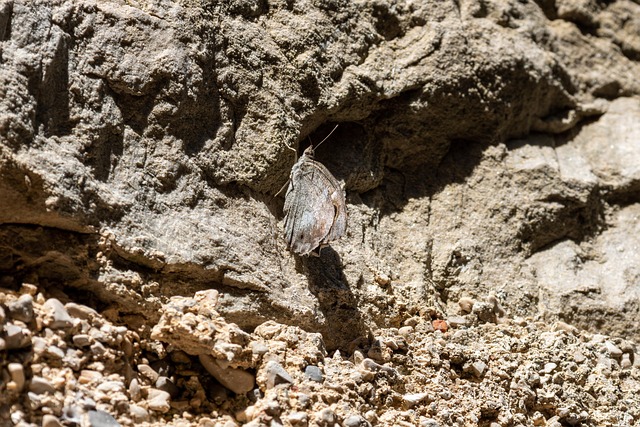Understanding Adaptation in a Melting World
As we look around, it’s impossible to ignore the profound changes happening in our environment. The once-stable landscapes are transforming, ecosystems are shifting, and species are struggling to survive. This brings to light the concept of adaptation, a fundamental aspect of life that has sustained species through countless challenges, and now stands as a beacon of hope in the face of climate change.
The Importance of Adaptation
Adaptation is the process through which species adjust to new environmental conditions, enhancing their chances of survival. As temperatures rise and ice caps melt, the pressure on wildlife and plant species intensifies. Some animals are developing new behaviors, while others are altering their physical traits or migrating to more hospitable environments. These changes are not merely fascinating—they are essential for survival.
The Melting World
The stark reality is that our planet is warming at an unprecedented rate, primarily due to human-induced climate change. Glaciers are retreating, sea levels are rising, and the frequency of extreme weather events is increasing. These phenomena serve as reminders that our actions have far-reaching implications. Each deforested area and every ton of carbon emitted contributes to an ecosystem teetering on the brink of collapse.
Nature’s Response
But what does adaptation look like in Nature? Consider the polar bear, once solely reliant on sea ice for hunting seals. As ice diminishes, these magnificent creatures are finding new hunting grounds and altering their diets. Similarly, tree species are migrating towards cooler areas in search of suitable climates. These are not mere instances of survival; they are testament to the resilience of life—a striking display of nature’s capacity to adapt.
Human Adaptation
Yet, adaptation isn’t limited to the animal kingdom. Humans, too, are compelled to rethink our relationship with the environment. Innovative technologies are emerging as we push for sustainable solutions. From green architecture to water conservation techniques, society is beginning to embrace the need for change. We are learning to cultivate crops that can withstand droughts and floods and to build communities that can thrive in a shifting climate.
A Path Forward
As we contemplate the future of our planet, it is clear that adaptation will be vital for survival. Yet, it’s not merely about survival; it’s also about living in harmony with the world around us. Each of us has a role to play, whether it’s advocating for renewable energy, supporting sustainable practices, or simply educating ourselves and others about the impacts of climate change.
In this melting world, embracing adaptation is a call to action—an opportunity to forge a path towards a more sustainable, resilient future, where we coexist with the myriad life forms that share our planet. Let’s mobilize our collective strength, creativity, and compassion, ensuring that we not only survive but thrive in the face of change.



